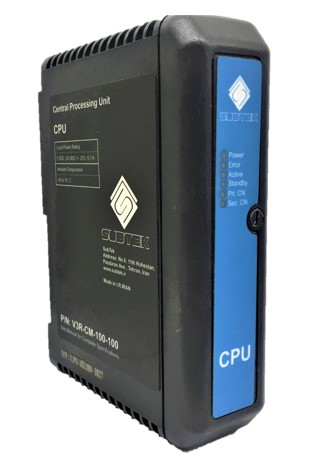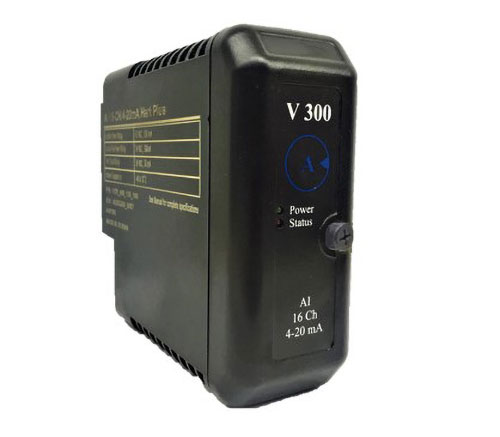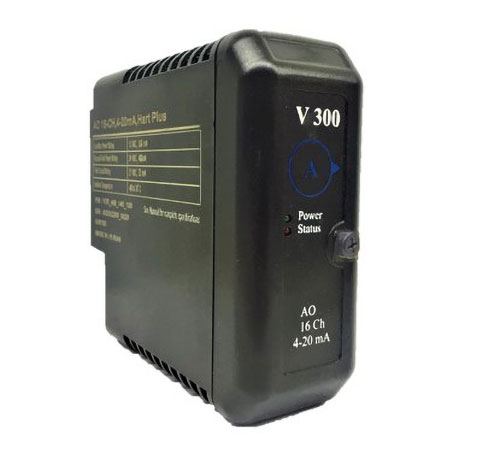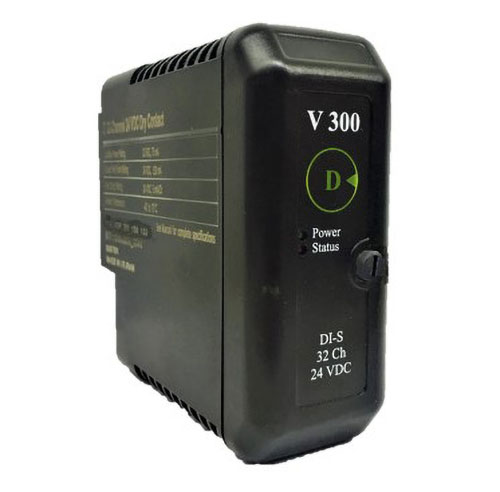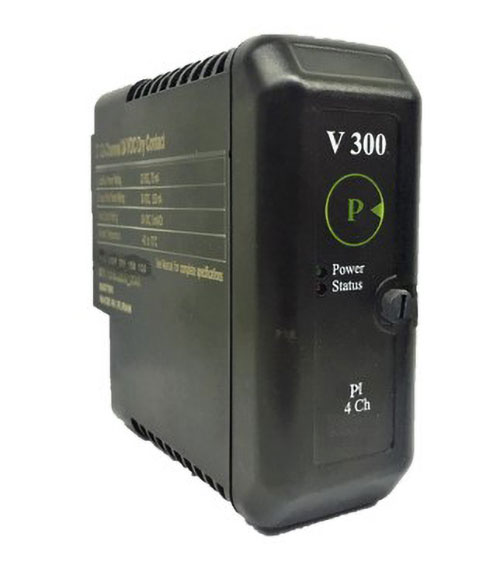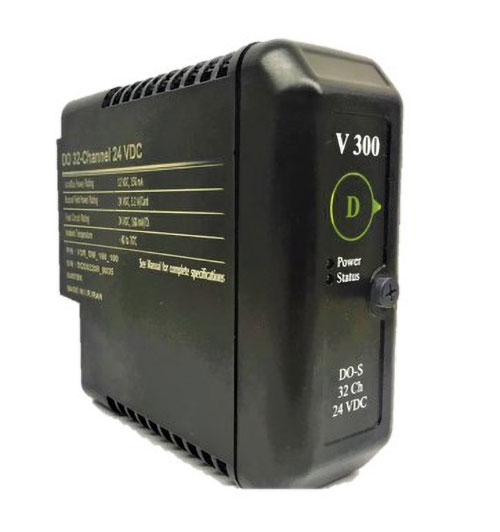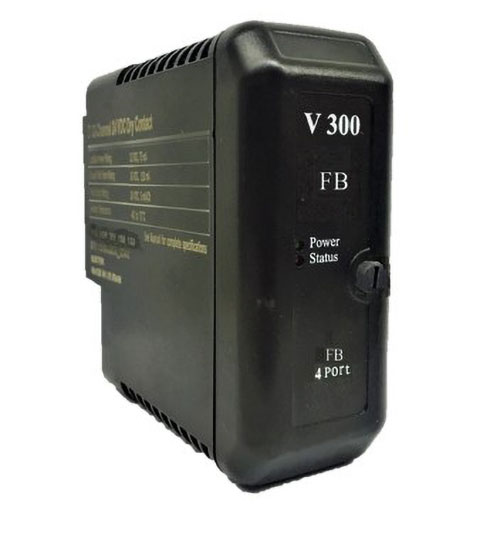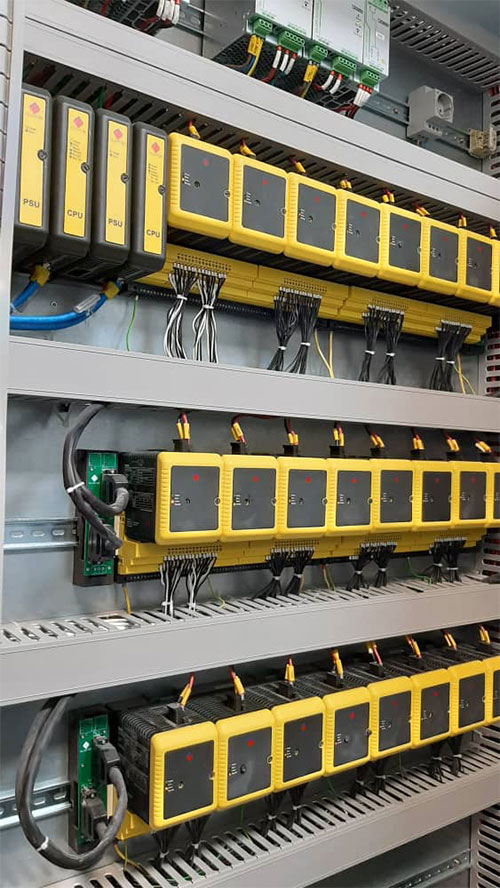
What is a V-PAS?
Vision Process Automation System (V-PAS) truly allows customers to integrate 4-20 mA signals, HART signals, Discrete signals, Foundation™️ Fieldbus signals, Serial Signals in the same controller and I/O architecture and has plant availability at a peak of performance that is the ultimate goal of any automation system. Vision process automation system keeps the facility running safely and securely while optimizing production. Conventional I/O is a modular subsystem that offers flexibility during installation. It is designed to be installed in the field with the devices. Modularity, protection keys, and plug-and-play capabilities make V-PAS I/O a smart choice for your process control system.
Vision Process Automation System ( V-PAS ) Architecture
Vision Process Automation System ( V-PAS ) Architecture
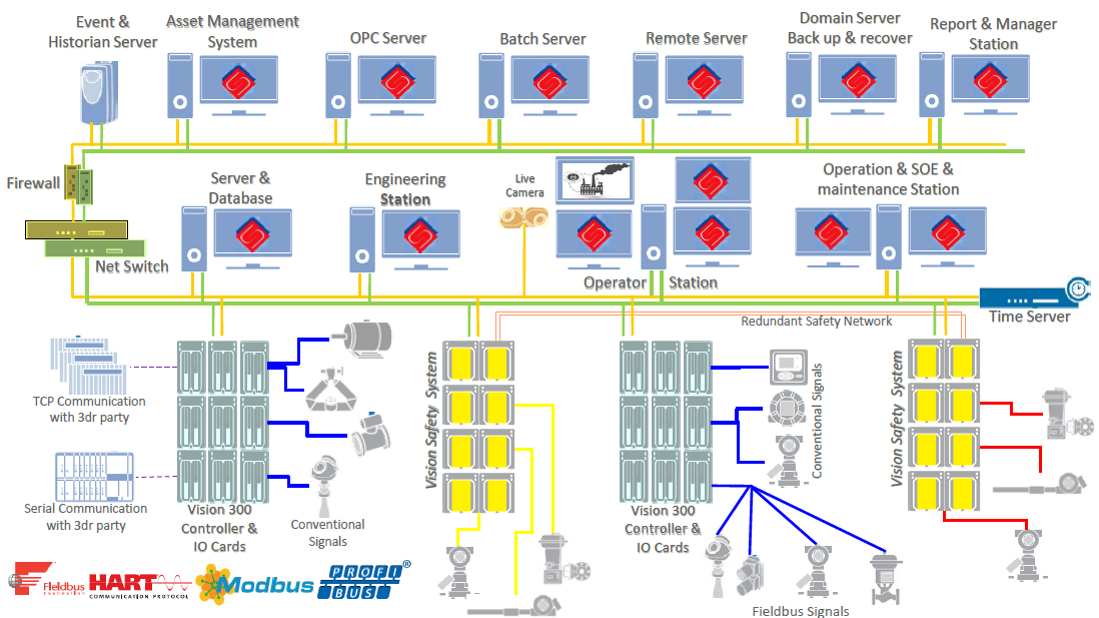
Vertical Design and Horizontal Design
The SubTek Control System is Designed in Two Versions

Vertical-Design
Vertical System (Backplane Base)
- Modern platform
- Easy online expansion
- Plug and play I/O
- Modular and flexible construction
- Field mounted capable hardware
- Integrated platform, DCS and SIS
- Secured Design
- Pre-fabrication and Traditional Termination
Vertical Design Benefits
- Combines I/O processor and field terminations in one assembly
- Preformed cable and field termination in one assembly
- Easy maintenance
- Effective Heat Exchange
Components
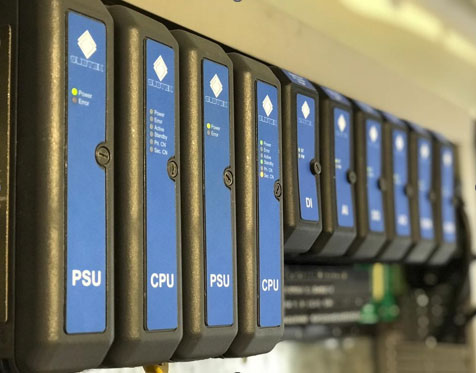
Horizontal
Horizontal System (Rack Base)
- Modern platform
- Easy online expansion
- Plug and play I/O
- Modular and flexible construction
- Field mounted capable hardware
- Integrated platform, DCS and SIS
- Secured Design
- Cost Effective
Horizontal Design Benefits
- Combines I/O processor and
field terminations in one assembly - Easy maintenance
- Effective Hardware Space
- High Installation Speed










